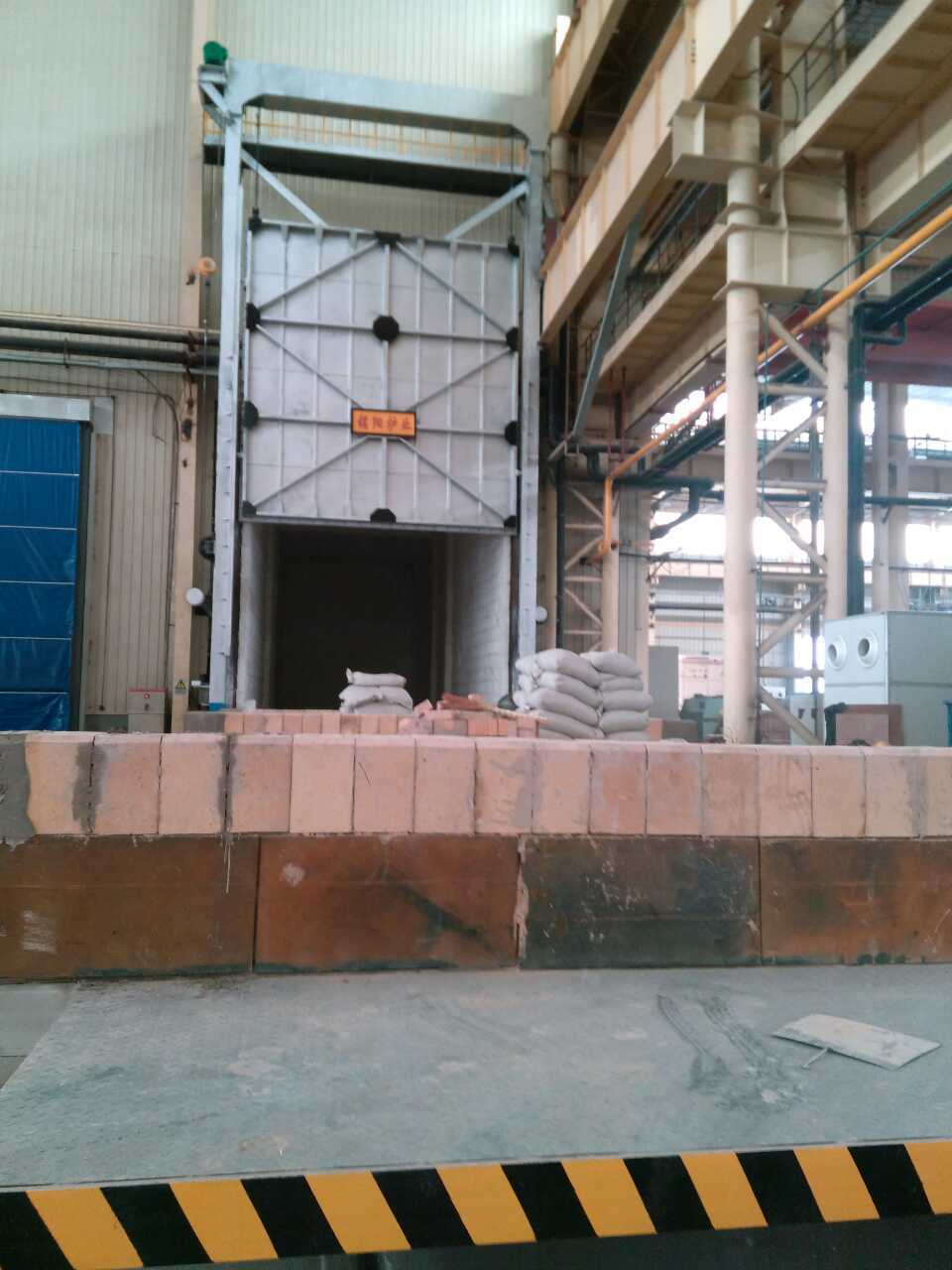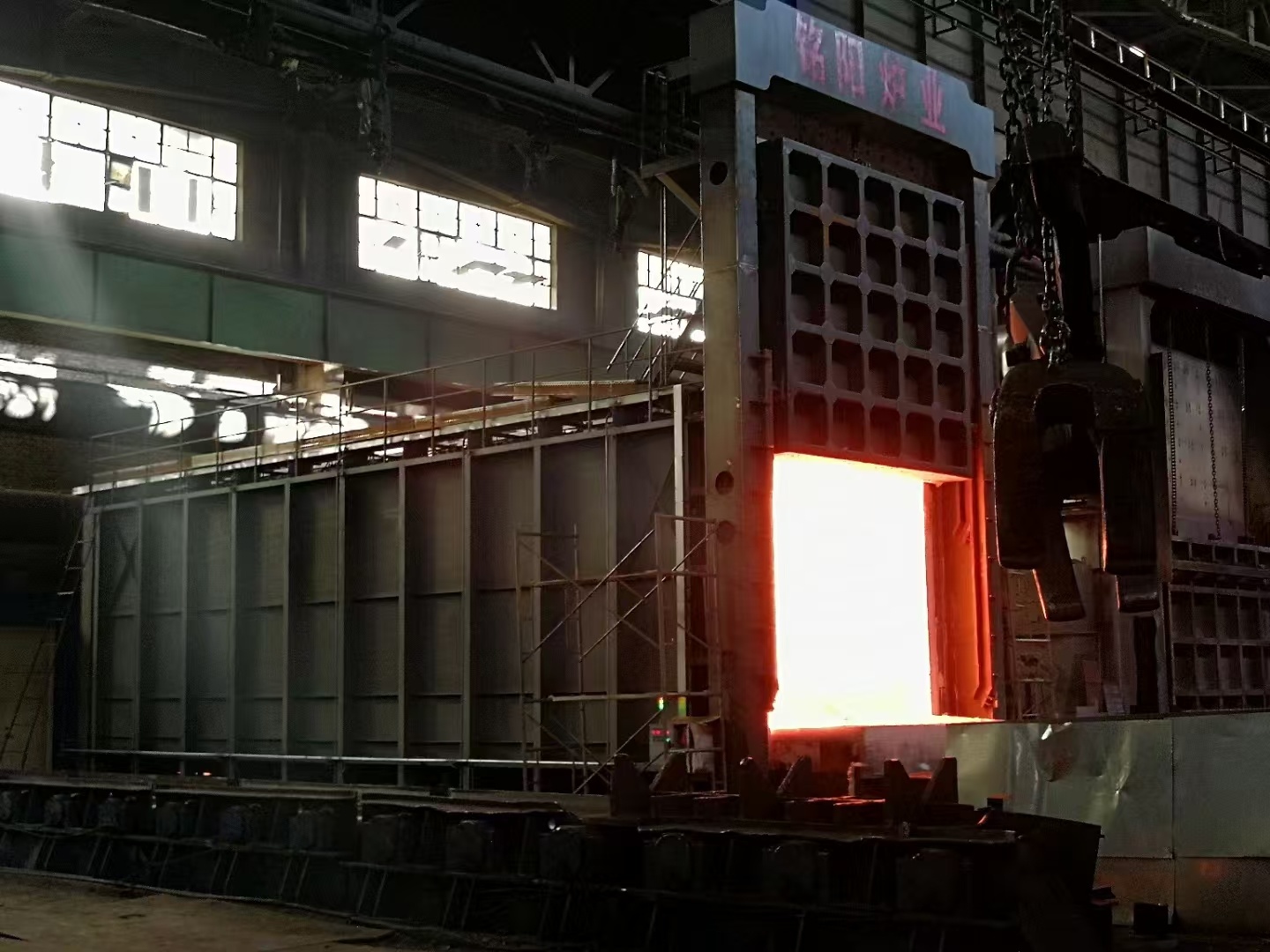


The Ultimate Guide to Selecting the Best Silicon Carbide Heating Element for Industrial Applications
Firstly, Silicon Carbide heating elements are known for their excellent thermal conductivity, which allows them to achieve high temperatures efficiently. They can typically operate at temperatures reaching up to 1,600°C (2,912°F), making them ideal for industrial processes that require extreme heat. This capability ensures faster heating times and consistent temperature control, which is vital in applications such as metal casting and thermal treatment.
Another significant advantage of using Silicon Carbide heating elements is their resistance to oxidation and thermal shock. Unlike other materials, SiC can withstand sudden temperature changes without compromising its structural integrity. This property is particularly important in environments where heating and cooling cycles are frequent, reducing the risk of element failure and extending the lifespan of your heating system.
Additionally, the durability of Silicon Carbide heating elements translates to lower maintenance costs. They are less prone to wear and tear compared to traditional materials, which means that industries can benefit from reduced downtime and increased productivity. Although the initial investment in Silicon Carbide elements may be higher, the long-term savings and efficiency gains often outweigh the upfront costs.
When selecting the best Silicon Carbide heating element for your specific needs, consider factors such as the operating temperature range, the size and shape of the element, and the installation requirements. It's also essential to evaluate the thermal expansion characteristics, as this can affect the fit and performance within your equipment.
Furthermore, the compatibility of Silicon Carbide heating elements with different atmospheres—whether it be vacuum, inert, or oxidizing environments—should be assessed to ensure optimal performance. SiC elements can perform well in various conditions, but understanding the specific requirements of your application will aid in making a well-informed decision.
In conclusion, the best Silicon Carbide heating element is one that aligns with your operational needs and industrial application demands. Their high-temperature capabilities, durability, and resistance to oxidation make them an excellent choice for industrial heating systems. By considering the specific requirements of your processes and the unique properties of Silicon Carbide, you can enhance efficiency and reliability in your heating applications.
If you are interested in our products, please leave your email and we will contact you as soon as possible.
COOKIES
Our website uses cookies and similar technologies to personalize the advertising shown to you and to help you get the best experience on our website. For more information, see our Privacy & Cookie Policy
COOKIES
Our website uses cookies and similar technologies to personalize the advertising shown to you and to help you get the best experience on our website. For more information, see our Privacy & Cookie Policy
These cookies are necessary for basic functions such as payment. Standard cookies cannot be turned off and do not store any of your information.
These cookies collect information, such as how many people are using our site or which pages are popular, to help us improve the customer experience. Turning these cookies off will mean we can't collect information to improve your experience.
These cookies enable the website to provide enhanced functionality and personalization. They may be set by us or by third-party providers whose services we have added to our pages. If you do not allow these cookies, some or all of these services may not function properly.
These cookies help us understand what you are interested in so that we can show you relevant advertising on other websites. Turning these cookies off will mean we are unable to show you any personalized advertising.


